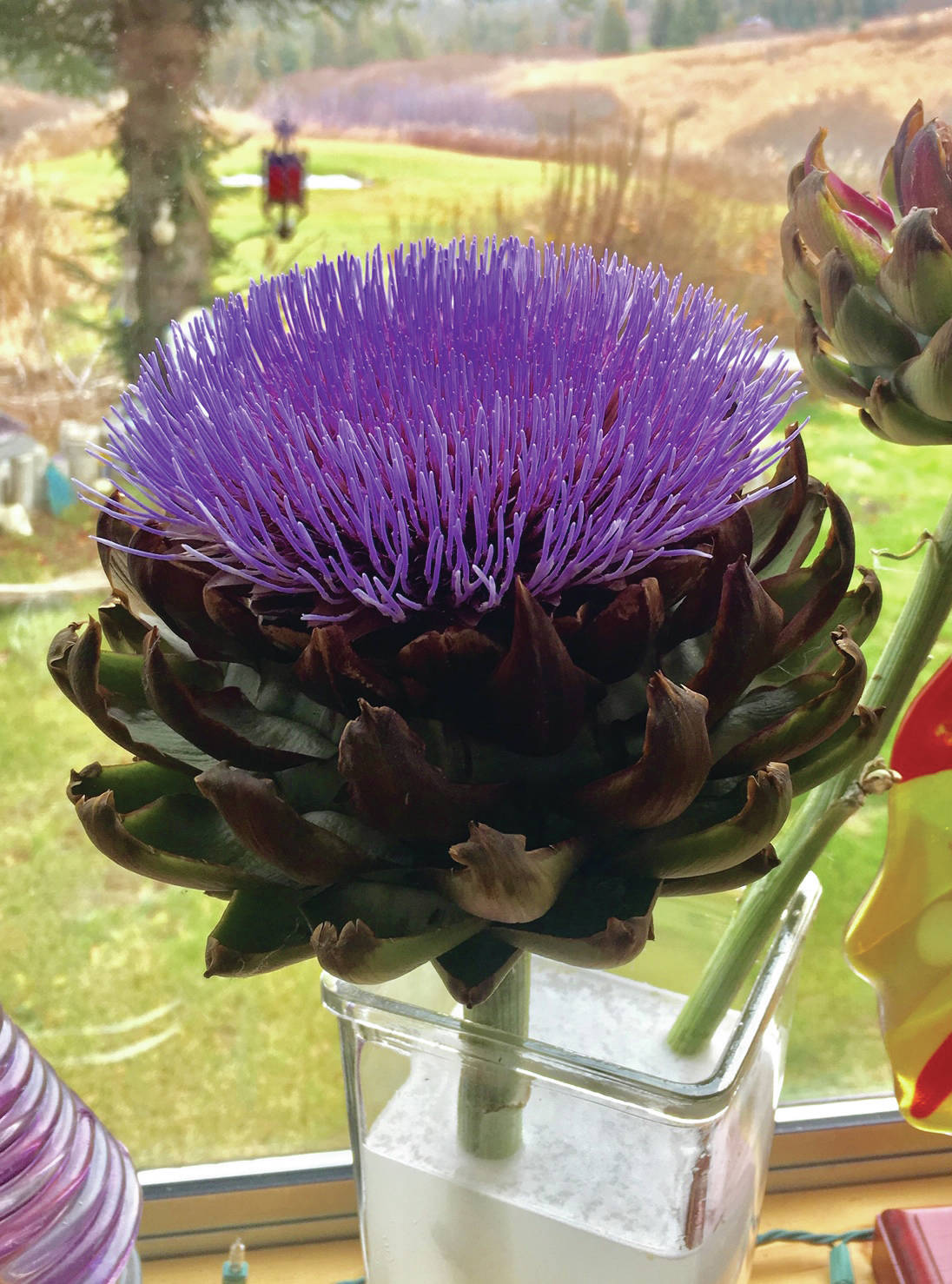So there is my friend Nancy and she has hit a bump in the road. That would be enough for me but she was concerned about the state of her doorstep garden. It wasn’t ready for the possibility of winter’s onslaught. So she used her common sense and called in her friends to get the job done. “Many hands make light work” may be an old adage, but it has survived for a reason — it works.
Which gives me pause — the only times I have worked in someone else’s garden is when that someone was in a pickle and needed help. Why don’t we do this more often? Why wait for a crisis? Why not team up every couple of weeks and go to each other’s gardens and do what needs to be done? There would be tea involved, and maybe something baked, and good conversation. You get the idea.
I have been given seeds from a friend in Detroit. My acceptance of these seeds was based on the reasoning that if they come up they will remind me of a very nice kind man, Dan. The conversation that preceded the gifting of these seeds went something like this: I need late color in the perennial beds. Dan unobtrusively left the room and returned with black-eyed Susan, and purple coneflower seeds neatly labeled and sealed in envelopes. He had harvested them from his own plot, something the deer had not devoured (at least we don’t have deer).
I, in turn, have divided the seeds in four packets, giving three to friends. We each have very different gardens at different elevations so the growing will be an experiment. I have spread some of each kind here and there, and am keeping more to start in the greenhouse come spring. I had better explore what these look like as seedlings in case they actually come up, I don’t want to weed them out. But just think about this — if they bloom I will have Dan to thank. I really appreciate having plants in my garden that are from a friend, that will remind me of him. Excellent.
We didn’t get around to the final mowing of the leaves. We do this so the grass won’t be smothered and the leaves will more readily return to the soil and feed the trees from whence they came. But I’m not concerned. I WANT the grass to be smothered. We have too much mowing around shrubs in this garden. I want them to all grow in together, which they have almost accomplished, and skip the tedious mowing around and around.
This is all happening in the East Garden. The original intention here was for deciduous trees to rise up from shrubs planted at their feet. But it hasn’t worked out as planned. The area is so very wet that several major plants have died. But this warm summer was to the survivors advantage. They grew an enormous amount. A stunning, mind boggling amount, and it now looks like the original plan just may come to fruition, after 21 years of trying.
The rain has made the soil the perfect consistency for edging the perennial beds. This is usually a spring exercise, but why wait when the ground is perfect to dig? I truly believe that we don’t need any edging material. It just pops up in the freeze/thaw cycle that we usually experience. Just use your sharp spade and move along the edge. If we get the resulting trench just right we can even drop the lawn mower tire right into it and that eliminates the need to run the trimmer after mowing. Excellent. But, usually I have too many plants spilling over the edge. Maybe I need to rethink this.
All this leads me to Nancy Wise and her artichoke blossom. Here I am with two artichoke plants, each one producing over a dozen ‘chokes. Never once did it occur to me to let at least one of them bloom. They are in the thistle family so somewhere in my brain I knew what they should look like but it took Nancy to actually make it happen. Congratulations and thank you, Nancy Wise.
Once again I will attempt to overwinter the artichokes. I try this every year. They are a perennial under more favorable conditions than I can offer. I start Green Globe artichokes from seed every February and am rewarded with a feast late in the summer. But it would be nice if the plants really could winter over. This may be the year. They are still standing tall sans ‘chokes. I will wait for them to really die back, cut them down and then wish them well. We’ll see.
Rosemary Fitzpatrick is a longtime Homer gardener and has been writing Kachemak Gardener since 1990.


